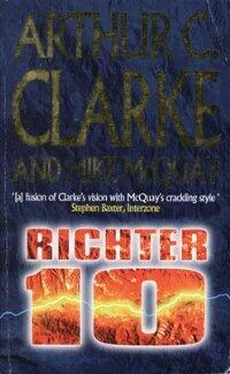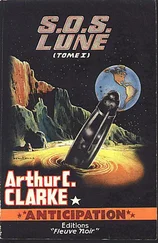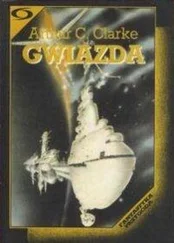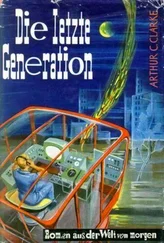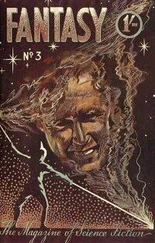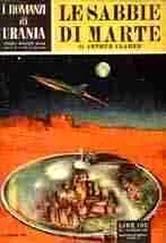Crane frowned and looked at Newcombe. “Is the file still in your pad?”
Newcombe nodded.
“Let’s have it, then,” he said, holding out his hand. “We’ll match up your files with the Foundation’s. If they’re the same we rule out the stress readings as a factor.”
Newcombe removed the three-inch-wide pad, tossing it to Crane, who bobbled it with his bad hand, the thing falling to the floor. Lanie retrieved it.
“What’s the filename?” she asked while attaching the interface to one of her globe computers.
“Reelfoot.”
She typed it in, the file coming up on screen as she scanned the index for the Foundation file.
“Put them up next to each other,” Crane said. They rolled their chairs to get a better angle on the screen.
Numbers scrolled beside one another: material density numbers, material type, tensile strength, degrees of dilation. The lists were long, with a separate list for each type of material the spike had touched. The last number in each line was PSI—pounds per square inch. These were the stress numbers that showed exactly how much strain the material was taking.
“Well,” Crane said, “everything seems to be—whoa! What’s this? Just pull the stress numbers from the two files.”
Everything disappeared except for the stress numbers. “Do you see anything?” Crane asked.
“At the thousands place,” Newcombe said, “each number on the Foundation’s computer is one number higher than those on my pad.”
“You’re right,” Lanie said, excited. “With higher stress readings, no wonder we came up with the wrong conclusion. How did this happen?”
“Only two ways,” Hill said, “It’s either a glitch or somebody changed the data on purpose—and I’ll be damned if I can think of a glitch that would affect a whole series of numbers so selectively.”
“Well no one else got near them except me,” Newcombe said. “I loaded it all myself.”
“Yeah,” Hill said. “It was right around the time you were puttin’ together that paper of yours, wasn’t it, Doc Dan?”
“Yes it was, Burt,” Newcombe said, angry. “Do you find some particular significance in the timing?”
“Since you ask me, I’ll tell ya,” Hill said, putting the sandwich on the console, then on the floor when Lanie scowled disapprovingly. “You’re jealous of Doc Crane. You saved your own work just before everything went up in smoke. You controlled the numbers that went haywire.”
“Enough,” Crane said. “Dr. Newcombe told me he didn’t manipulate the numbers and that’s all there is to it!”
“Could the signals have been intercepted before they got here?” Lanie asked.
“Yes,” Crane said. “But it would take someone who not only knew our systems intimately, but also had code access to them.”
“Someone on the inside,” Lanie said.
“It was Sumi,” Hill said, slapping his leg. “Had to be Sumi.”
“A minute ago it had to be Dan,” Crane said. “Let’s worry about a viper in our midst later. Right now let’s try an experiment. Dr. King, would you be so kind as to enter the correct stress readings into the Reelfoot files?”
“My God,” Newcombe said, falling back in his chair. “This means that we may have been right all along. The timing was just a little off.”
“Only now,” Crane said, “no one will listen to us when we warn them.”
“Got the readings,” Lanie said, swinging her chair around and nodding toward the globe. “I’ve put it up there. Ready?”
“Go,” Crane said.
“Take it from the day, from the minute, we made the readings. If we hit a quake, slow it to real time.”
“Working,” Lanie said, all eyes on the huge globe. A spotlight triggered the motions. For a moment nothing happened, then a rumble issued from the innards of the analog Earth, Lanie calibrating the speed to real time.
Crane watched the red line form on Reel-foot, just as they’d thought, the quake emanating from the thirty-mile-deep hypocenter and extending upward and out.
In amazing detail they were watching a preview of a power so destructive as to render even the imagination weak in comparison. The sound, the rumbling, came from the P waves, the Primary or pressure waves, acting like sound waves pulsing through the ground, compressing and dilating the rock, pulling and pushing the earth, manifested as the ground moving violently up and down.
The Secondary waves moved slower than the P waves and whipped through the rock, shaking the ground sideways. On the globe, the earth was rocking hundreds of miles from the thin red line of Reelfoot, the Mississippi and Ohio rivers reforming over and over, looking like huge writhing snakes.
Then came the two L waves, the surface originating waves, counterpointing what was going on deeply underground. Raleigh waves rolled across the planet like ocean waves while the Love waves vibrated wildly at a right angle to their path, the two waves in unison creating a corkscrew motion that no building, tree, or dam could withstand. With nothing to absorb the waves, they spread farther and farther outward. The ground on the globe buckled. Fissures opened; hills rose only to sink again; the Mississippi continued to jerk wildly, a living thing. They called it a failed rift because it had never succeeded in breaking apart from the continent. Now that small geologic notion was getting ready to cause untold suffering two hundred million years later.
Crane heard Lanie gasp as the area of destruction grew wider and wider. Inside of him, tension knotted his muscles, his arm aching involuntarily. He was staring into the sallow mirror of his own fears and anger. It was happening here and it would happen in reality. He could see it, right before him, but he was powerless to stop it.
“Give me a day,” he said low, in almost a whisper.
Lanie turned her body to the console, her gaze glued to the globe. An aftershock rocked the land again no sooner than the first had stopped. She typed with one hand. A second later, blood-red letters five feet high hung suspended in the air before them:
27 February 2025, 6:00 P.M. + or –
“Oh my God,” Newcombe said. “Three and a half months. Crane, I … dammit, this is scary.”
“Yeah,” Crane said, standing, pacing. “And we’ve got zero credibility. They’ve threatened to arrest me if I even set foot in Tennessee or Missouri.”
“What do we do?” Lame asked.
“Cry wolf again,” Crane said. “Make enough of a pest of myself that if they don’t listen to me at least they’ll remember that I said it.” He paused. “It will re-establish me so they’ll listen next time.”
“Trouble is,” Burt Hill said, “everybody thinks you’re crazy, Doc. Nobody’s gonna listen to you.”
“You think I don’t know? Wait a minute.” Crane ran to Hill and hugged him. “You’ve just given me the idea of a lifetime.”
“I have?”
Crane punched up the Q fiber on his pad, hoping that Whetstone hadn’t deleted him from the preferred list. “Come on, Stoney,” he whispered. “Come on.”
“Am I going to be sorry I answered this call?” came Whetstone’s voice through Crane’s aural.
“You’re a good man.”
“I’m a laughingstock.”
“Maybe. But are you also a gambler?”
“Crane…”
“Meet me tomorrow … Can you?”
“I can do anything I want.”
“Then meet me. I can make you a hero.”
“Not tomorrow. Day after. But tell me something, Crane, why do I listen to you?”
Crane chortled. “Because you’re as crazy as I am.”
Li stood inside his globe, basking in election night victory. Numbers flickered all around him like electronic fireflies. They’d held the presidency easily and won the contested Congressional seats, though some of those races were closer than he’d wished. The bottom ledger line: Liang had retained complete power for another two years at least. He credited the last-minute attacks on Crane and Ishmael—the conspiracy theory—for his success.
Читать дальше
